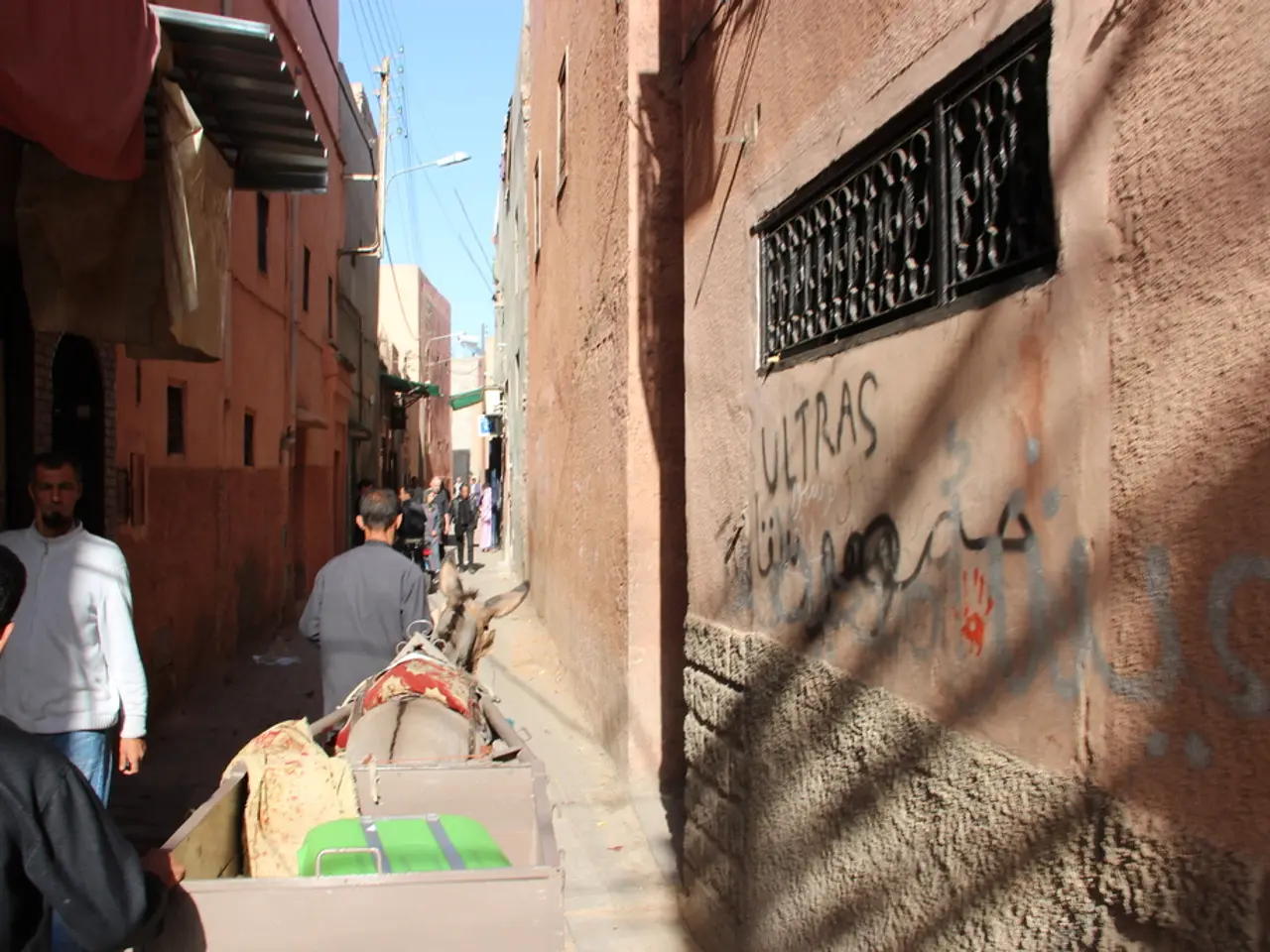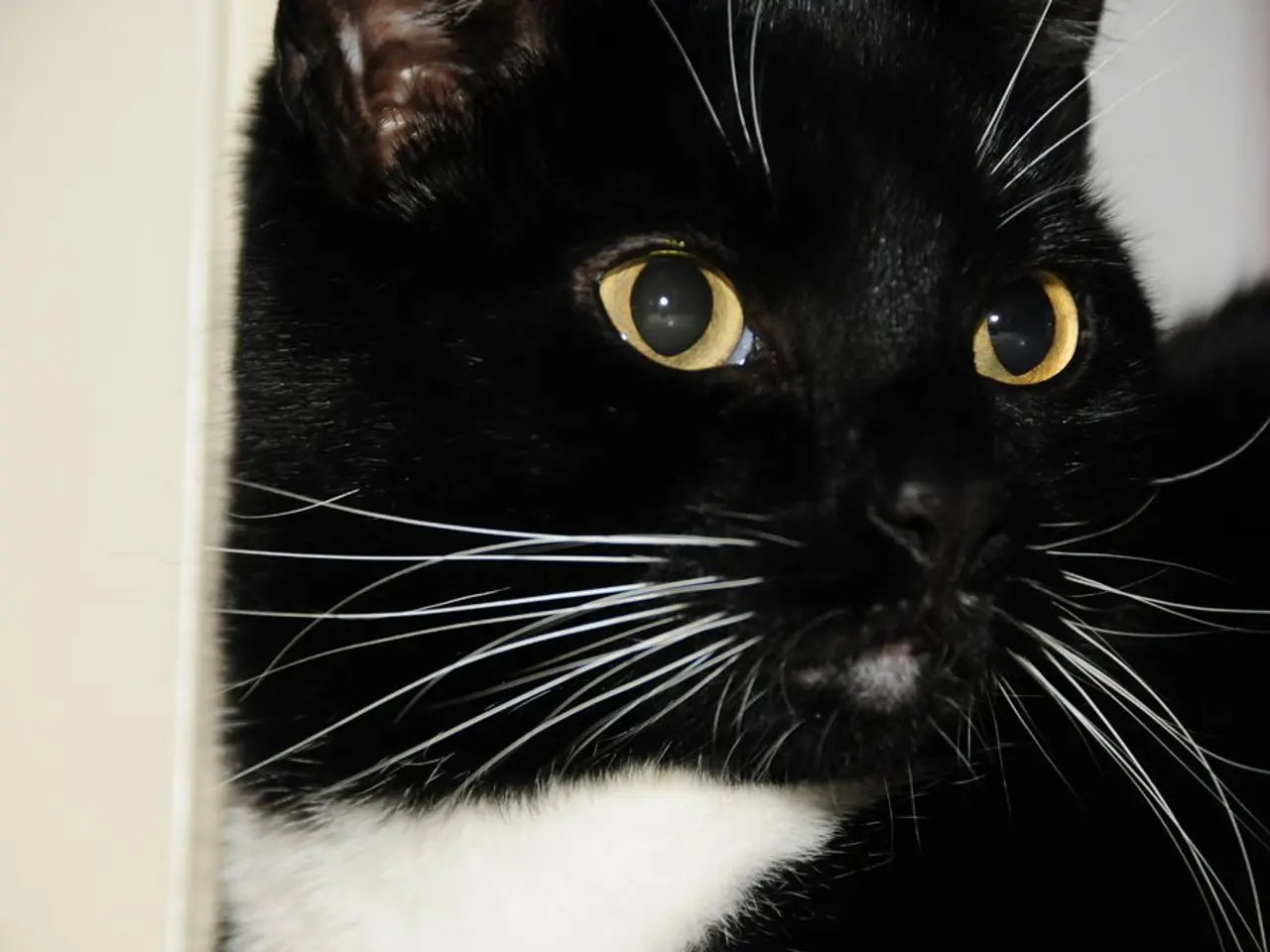Historical and Contemporary Perspectives of Ihumātao
Protecting Ihumātao and the Oruarangi Stream: A Journey Towards Sustainability
In the heart of Auckland, New Zealand, the ancestral lands of Ihumātao and the Oruarangi Stream hold deep cultural, historical, and environmental significance for Māori communities. Over the years, these sites have faced numerous challenges, but efforts to protect and restore them are gaining momentum.
Current Status
Ihumātao, a culturally rich area near Auckland Airport, has been the focus of national and international attention due to proposed housing developments threatening its archaeological heritage and fertile volcanic soil. As of mid-2025, parts of Ihumātao have been returned to mana whenua, with the New Zealand government intervening to halt development and working towards a co-governance arrangement with local iwi (tribes). The focus is on preserving historical sites, including pā (fortified villages), urupā (burial grounds), and archaeological features, alongside environmental restoration.
The Oruarangi Stream, which runs through Ihumātao, has suffered from pollution and ecological degradation due to urban development and farming. Restoration projects are underway to improve water quality, biodiversity, and habitat connectivity, often led by collaboration between mana whenua, Auckland Council, environmental groups, and community stakeholders.
Ongoing Efforts
- Co-Governance and Formal Recognition: Negotiations continue to formalize co-governance models for managing Ihumātao, balancing development pressures with cultural values and environmental stewardship.
- Environmental Restoration: Ecological restoration projects are aimed at cleaning the Oruarangi Stream, replanting native vegetation, controlling invasive species, and restoring traditional fish habitats.
- Cultural Heritage Protection: Archaeological sites and wahi tapu (sacred places) are being surveyed and protected, with iwi-led monitoring programs ensuring that ancestral sites are respected and preserved from further damage.
- Community Engagement and Education: Public education programs and community involvement are key to raising awareness about the significance of Ihumātao and the Oruarangi Stream.
- Sustainable Land Use: Dialogue about sustainable land use practices that honor Māori values of kaitiakitanga (guardianship) is ongoing, including low-impact farming, potential regenerative agriculture, and controlled development frameworks.
Challenges
Despite progress, challenges remain, including balancing development pressures against conservation, securing long-term funding for restoration and management, navigating complex land ownership and legal frameworks, addressing legacy pollution in waterways, and ensuring that restoration efforts fully integrate indigenous knowledge systems.
A Rich History and Future
The Manukau Harbour and Oruarangi River provided abundant food for the papakāinga, with plentiful fish, shellfish, and freshwater foods like watercress. In response to contaminant spills, representatives from Makaurau Marae, Auckland Council, and the Māngere-Ōtāhuhu Local Board created the Industry Pollution Prevention Programme (IP3) to prevent further incidents.
Restoration projects, such as the one funded by the Government's Participatory Science Platform and led by students from Aorere College and Makaurau Marae, aim to revive the mauri (life force) of the Oruarangi Stream. These efforts reflect a broader commitment to integrating co-governance, ecological health, and cultural heritage protections in the management of Ihumātao and the Oruarangi Stream.
As we move forward, continued vigilance and collaboration are needed to achieve durable success in protecting and restoring these vital sites.
- The efforts to protect Ihumātao and the Oruarangi Stream involve co-governance models that balance development and conservation, following the New Zealand government's intervention in mid-2025.
- Restoration projects for the Oruarangi Stream, which runs through Ihumātao, aim to improve water quality, biodiversity, and habitat connectivity, often through collaboration between various stakeholders.
- In the realms of health and wellness, lifestyle, education, and self-development, the journey towards sustainability at Ihumātao and the Oruarangi Stream is also reflected in community-led educational programs about the sites' significance.
- In addition to restoring the Oruarangi Stream, sustainable land use practices, such as low-impact farming and regenerative agriculture, are being explored to honor Māori values of kaitiakitanga.




